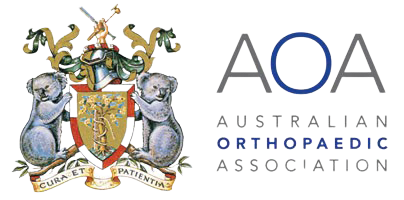Patellar Malalignment
Home » Treatments » Knee Surgery » Patellar Malalignment
Introduction
The patella, or kneecap, is vital for knee joint function, working in tandem with the quadriceps muscle to enhance strength and reduce friction during movement. It moves within the femoral trochlea, a groove on the thigh bone.
Any deviation from anatomy in these structures can lead to instability of the patella. Such a malfunction can cause destruction of the joint (arthritis) and pain in the front of the knee joint.
There are various factors contributing to kneecap instability.
An injury and dislocation of the patella after a fall or knee sprain can cause insufficiency of MPFL – one of the patella’s ligaments. This can cause posttraumatic patella instability.
In some cases there is a bone deformity around the knee (knocked knees), defective attachment of patella tendon to shin bone (tibia tubercle), or excessive rotation of the thigh bone that cause kneecup instability, even without a history of injury.
It is essential to identify and address patellar malalignment early to prevent further complications and improve overall knee health. If you experience any persistent knee pain or instability, consulting with a healthcare professional can help determine the underlying cause and guide you towards the most appropriate treatment options for your specific condition.
For more information or to schedule a consultation to assess whether the surgery is the right option for you, please contact A/Prof Al Muderis’ office at 1800 907 905 or +61 2 8882 9011, or book an appointment online.
Treatment Options and Surgical Approach
Conservative Treatment
In the past, patellar dislocation was primarily treated conservatively with closed reduction (reducing a bone without surgery) followed by immobilisation in a brace for up to 6 weeks. Treatment involved physiotherapy and rehabilitation, with a strong focus on:
- Quadriceps and VMO (Vastus Medialis Obliquus) strengthening exercises.
- Inner-range quadriceps exercises with the knee at 0-30°.
- Stretching of the hamstrings, ITB (Iltiotibial Band), and retinaculum.
- Patellar taping and proprioceptive exercises.
- Behavioural modification.
Surgical Management
If conservative treatment failed, and the patient continued to experience pain or developed recurrent dislocations of the patella, surgical management was considered the next step. There are more than 100 procedures described to treat patellar malalignment, suggesting that no single proven technique is the best for treating this condition.
Professor Munjed Al Muderis’ Approach
In cases of patellar dislocation, there might be intra-articular damage. A physical examination can reveal knee instability. Both plain radiographs and MRI scans are necessary.
When surgery is indicated, the best evidence-based approach suggests that restoring anatomy and early mobilisation provide the best outcome. Professor Al Muderis applies these principles by reconstructing the ruptured ligament, correcting any deformity and employing early rehabilitation.
The surgical plan depends on clinical findings and analysis of 3D CT scans to identify any deformity. Most often the surgery includes a combination of several surgical procedures.
The surgery always requires knee arthroscopy to diagnose and remove any free-floating fragments from the knee joint.
Arthroscopy is often combined with a release of tight soft tissues and ligament (MPFL) reconstruction.
If any bony deformity had been diagnosed, bony procedures are needed to correct the alignment of the lower limbs.
In general, instability of the patella is an extremely difficult clinical problem. It needs a very meticulous assessment and surgical planning. The recovery heavily relies on the patient’s compliance with postoperative protocol and rehabilitation.
These treatments could be eligible for our No 'Out-of-Pocket' Expenses Program
For further information, click here or to check your eligibility, please contact our team.

















